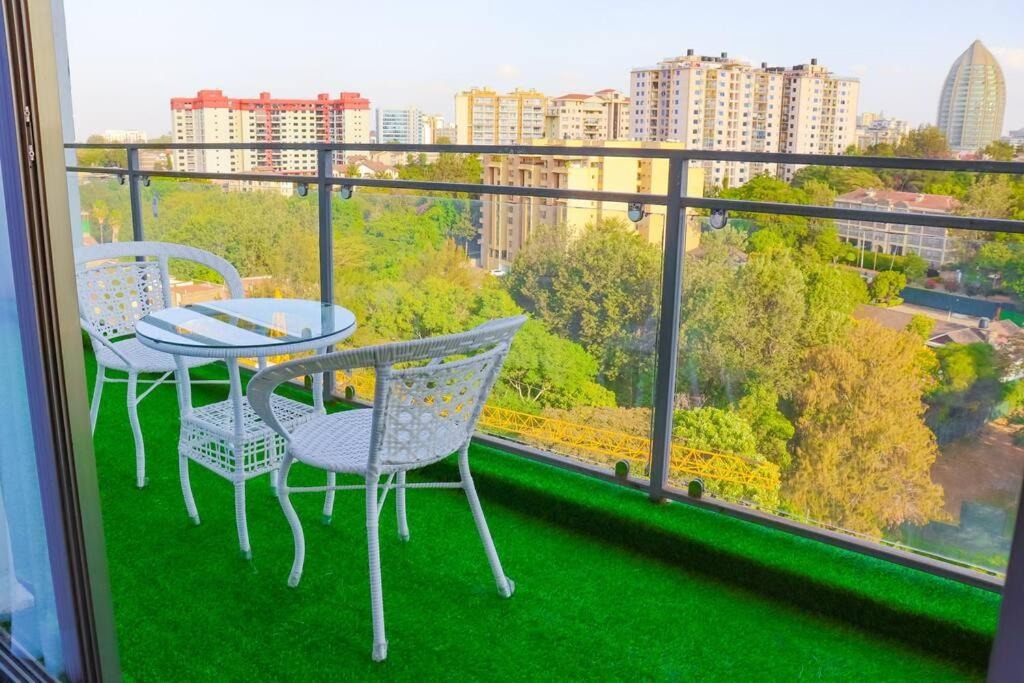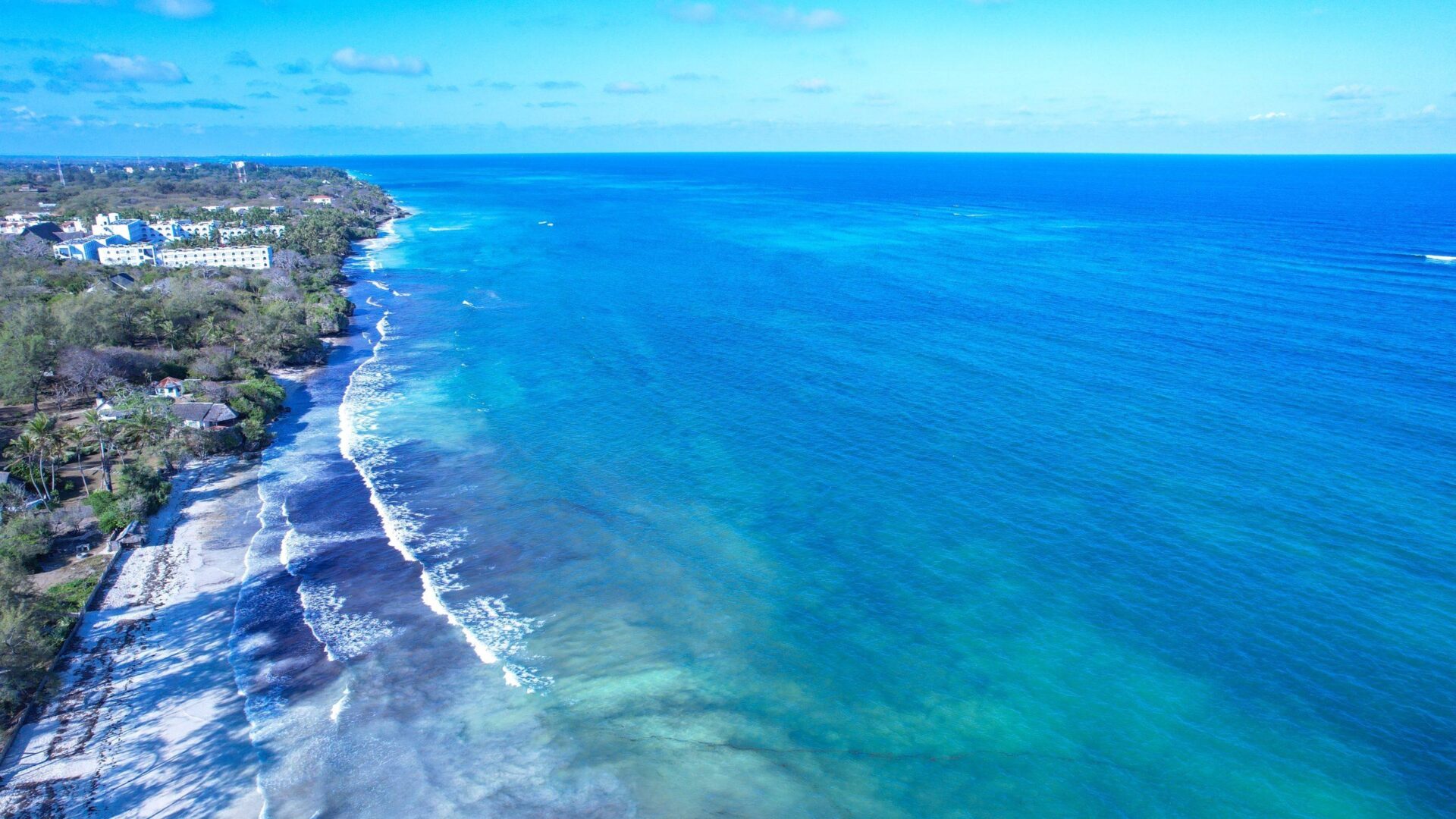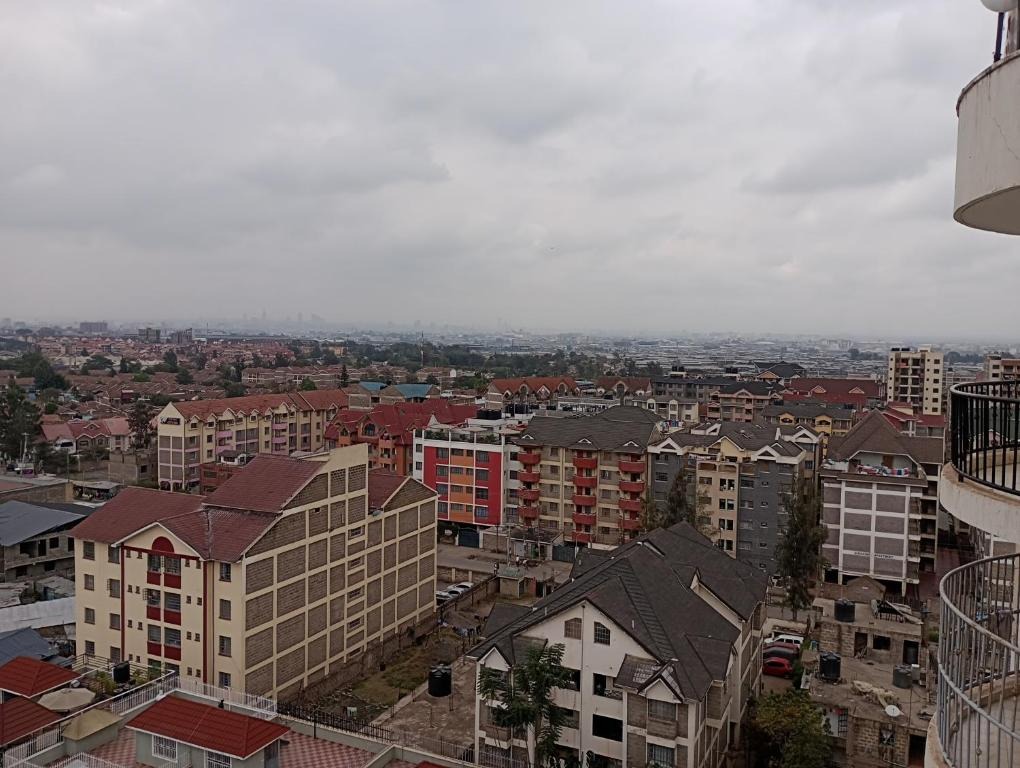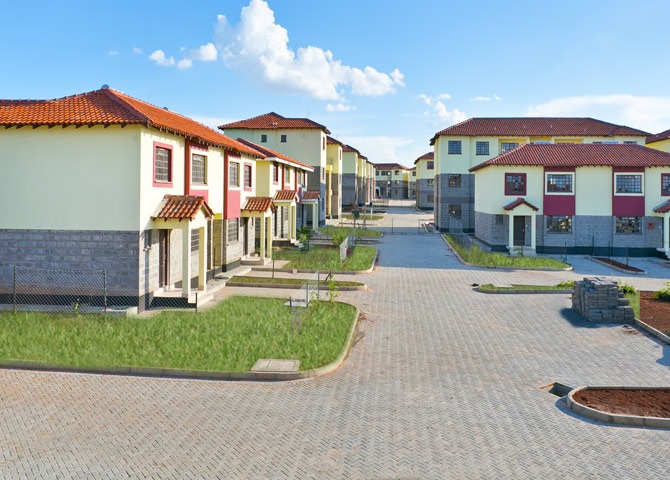When people think of Kenya, they often think of stunning landscapes, diverse wildlife, and vibrant cultures. But did you know that Kenya is also home to some of the most developed cities in Africa? These bustling urban centers are leading the way in development and modernization, attracting both local and international attention. In this blog post, we will take a look at three of Kenya’s most developed cities in 2024 and explore what makes them stand out from the rest.
1. Nairobi: The Hub of Innovation
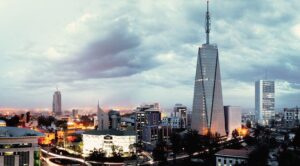
There’s no denying that Nairobi is the beating heart of Kenya’s economy. The capital city has experienced tremendous growth over the years and has solidified its position as one of Africa’s leading business centers. Nairobi boasts a thriving startup scene and is known as the “Silicon Savannah,” drawing comparisons to the famous Silicon Valley in California.
One of the reasons why Nairobi is so attractive to entrepreneurs and innovators is its supportive ecosystem. The city is home to numerous tech hubs, incubators, and co-working spaces that provide a conducive environment for startups to thrive. In addition, the Kenyan government has implemented various initiatives to promote innovation and entrepreneurship, such as tax incentives and the establishment of an Innovation Hub. These factors have created a vibrant ecosystem that fosters creativity and attracts investment.
Nairobi is also a major transportation hub, with the Jomo Kenyatta International Airport connecting the city to the rest of the world. The city’s infrastructure has seen significant improvements in recent years, with modern roads, bridges, and public transportation systems making it easier to navigate the bustling metropolis.
2. Mombasa: Bridging Tradition and Modernity

Located along the picturesque coastline, Mombasa is a city that seamlessly blends tradition with modernity. As Kenya’s second-largest city, Mombasa is an important economic hub and a popular tourist destination. The city’s strategic location makes it a gateway to East Africa, serving as a vital link between landlocked countries and the sea.
Mombasa is known for its rich history and cultural heritage. The old town, with its narrow streets and intricately designed buildings, is a UNESCO World Heritage Site and a testament to the city’s vibrant past. At the same time, Mombasa is embracing modernization and development. The city is seeing an increase in construction projects, including the development of modern residential and commercial buildings, shopping malls, and entertainment centers. The expansion of the Mombasa port and the ongoing construction of the standard gauge railway have further boosted the city’s economic prospects.
In addition to being an economic powerhouse, Mombasa is also a paradise for beach lovers. The city’s pristine beaches, crystal-clear waters, and vibrant marine life attract tourists from all over the world. Mombasa’s tourism industry has received a significant boost in recent years, with the development of luxury resorts and the expansion of cruise ship services.
3. Kisumu: The Emerging Economic Powerhouse
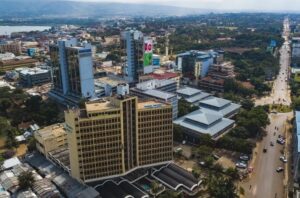
While Nairobi and Mombasa have long been recognized as Kenya’s economic powerhouses, Kisumu is quickly emerging as a force to be reckoned with. Located on the shores of Lake Victoria, Kisumu is the third-largest city in Kenya and is increasingly becoming a key player in the country’s economic growth.
Kisumu’s development is largely being driven by its strategic location. The city is a major transportation hub, connecting Kenya with neighboring countries such as Uganda, Tanzania, and Rwanda. The ongoing construction of the Standard Gauge Railway, which will connect Kisumu to other parts of the country, is expected to further boost the city’s economic potential.
In recent years, Kisumu has seen a surge in infrastructure development. Modern roads, bridges, and commercial buildings are transforming the city’s skyline, creating a conducive environment for businesses to thrive. The city is also actively promoting tourism, capitalizing on its proximity to Lake Victoria and its potential for water-based activities.
But it’s not just the physical infrastructure that is driving Kisumu’s development. The city is also investing in human capital, with a focus on education and skills development. Kisumu is home to several universities and vocational training institutions, attracting students from all over the country.
In conclusion, Kenya’s most developed cities in 2024 are continuing to make strides in terms of development and modernization. Nairobi’s tech-savvy ecosystem, Mombasa’s blend of tradition and modernity, and Kisumu’s emerging economic power all contribute to Kenya’s overall progress. These cities are not only attracting investment and business opportunities but also offer a high quality of life for their residents. As Kenya continues to grow, it is clear that these urban centers will play a significant role in shaping the country’s future. So whether you’re a resident or a visitor, be sure to explore these dynamic cities and witness their development firsthand.

